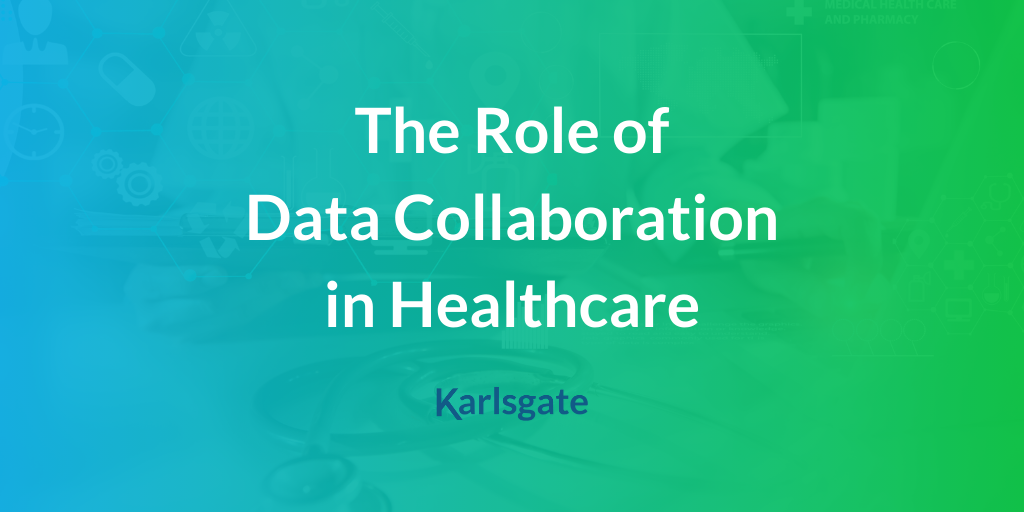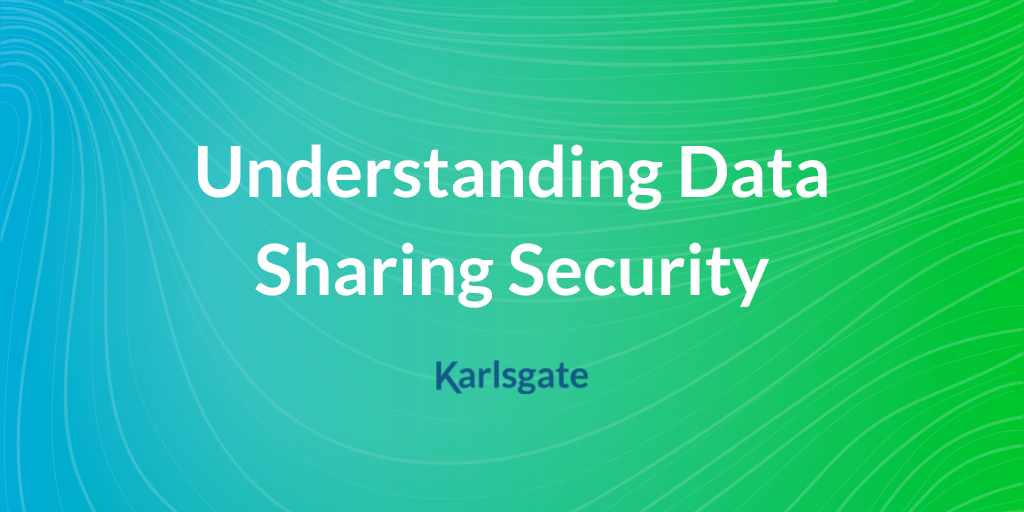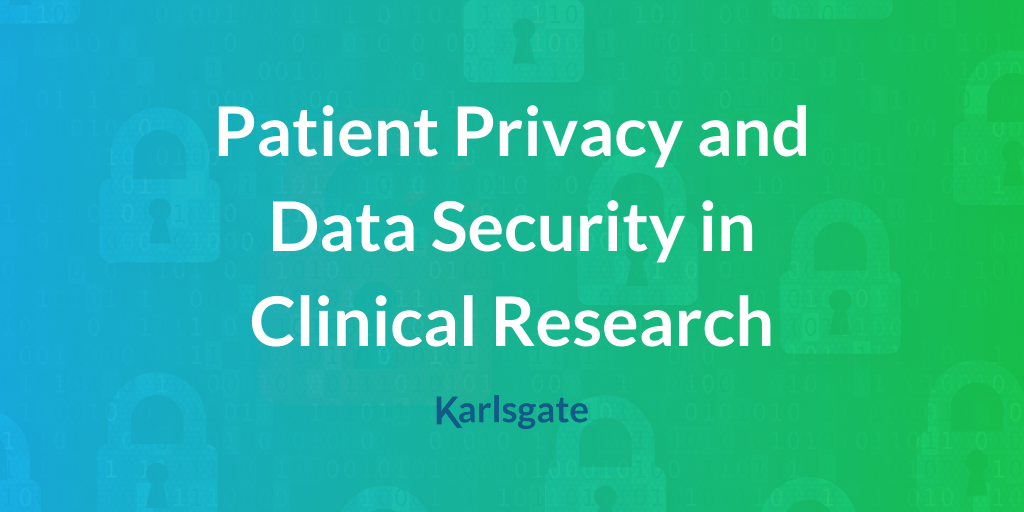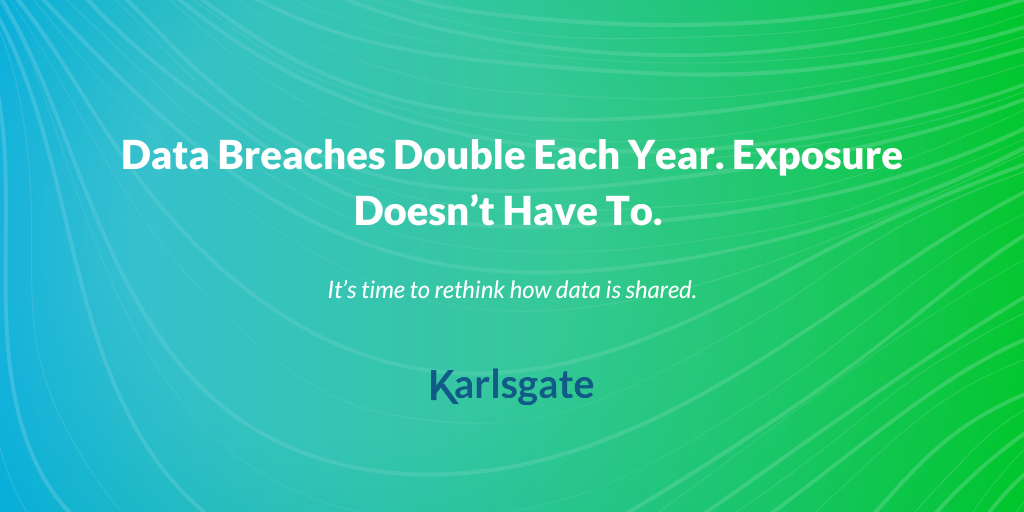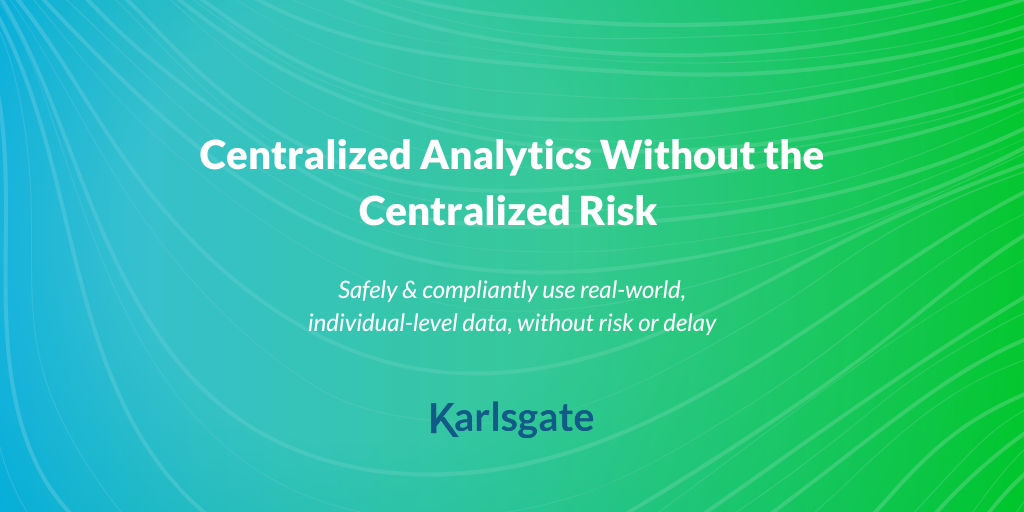There’s an old adage that says “sharing is caring,” and one place where that really rings true is in the world of healthcare data collaboration. Sharing healthcare information is a vital step in not...
Zero trust principles have existed in the IT world for nearly a decade. It took a few years after the introduction of the concept for it to gain popularity and wider adoption. That interest was largely spurred by Google’s implementation of zero trust security when it came to their own network.
Why does this matter? Because now, zero trust security frameworks for internal networks are an important baseline for many businesses.
In contrast, many organizations have yet to adopt this same strategy or framework when it comes to sharing data outside of their own organization. The technology just didn’t exist, until now. If zero trust is becoming the industry standard security strategy for internal technical data access, it will soon be the standard for data sharing, both internally and externally.
Why is Data Sharing Important?
Data-driven decision-making is important for businesses and organizations across all industries. Data is continually leveraged to drive growth, inform strategy, and deliver better products and services. Still, data-driven decision-making relies heavily upon the data you’re working with. Data sharing can increase the volume, as well as the quality, of the data available.
For retailers, data sharing is about creating a better, more tailored customer experience, which can result in better customer relationships and stronger sales. In financial services, data sharing also helps financial advisors provide advice customized for their clients needs and goals, and can assist in forecasting or other predictive modeling. Additionally, when retailers and financial service organizations work together, data sharing between the two organizations can provide valuable insights.
In healthcare, data sharing is even more important. The information a care team has directly impacts the decision-making process regarding patient treatment plans. In fact, in the healthcare space, data sharing can improve patient safety, ensuring the right medications, diagnostic tests, and care decisions are made.
Challenges and Risks to Data Sharing
Even with the importance of data sharing, the process is only as safe as the technology used to ensure its security. Still, the value of data often trumps the risks and challenges associated with data sharing and the digital connections required to complete data transfers. The biggest challenges and risks to data sharing between organizations include:
- Regulations: Whether it’s regulations set by an industry or governing body, there are limitations to sharing personally identifiable information (PII). Tracking and monitoring how and what is shared across organizations is a challenge for many organizations whose primary focus is not data sharing..
- Data sharing security: The mechanisms by which data is shared and the existing data security methods in common use often do not eliminate the risk of re-identification. Assessing the risk of data sharing, and the organization with which data is shared, is vital, but often overlooked in favor of the data exchange itself.
- Loss of control: With most current data sharing practices, an organization relinquishes control of their data once it’s shared. How your sharing partners use that data is, quite literally, out of your hands. Not only can they continue sharing it with others, but how they manage and secure it may not meet your own security standards. This requires an inordinate amount of trust for your partner organizations, which you may not necessarily have, especially when it comes to PII.
- Technical complexities: Sharing data is never as simple as it sounds. For many valid reasons, organizations use different systems and process/store data in different ways. At a minimum, sharing a file with a partner or even between groups in different parts of your own organization, requires alignment on file structures, approaches to data normalization and standardization, and sharing of data dictionaries before you can even begin to work on sharing information.
- Internal data governance and management: Without proper data governance and management policies and practices within one’s own organization, data sharing becomes even more risky as teams may be unable to identify what data to share or who has appropriate access to data.
- Each of those challenges is surmountable, given a clear understanding of the goals of the data exchange and the right technology tools.
Common Data Protection Methods
You wouldn’t install a camera and remote doorbell but leave your door unlocked. You’d only see who accessed your home, not prevent the access itself. When it comes to security, a layered effort provides stronger security.
- Encryption: Using an encryption method, information is scrambled during transit until the encryption key is applied to unscramble the data. But, data can be re-identified through access to encryption keys.
- Hashing: Data is scrambled during transit; while it cannot be reversed, hashed datasets are transferred, creating vulnerabilities as the owner loses data custody and this data can be stored and tested against a DB of pre-computed hashes to see if it matches – thus “re-identifying” the data.
- Tokenization: Similar to hashing, with the data replaced with representational tokens, then physically moved. This method does not protect against re-identification.
- Clean Rooms: Clean rooms involve a third party facilitating the data transfer. This method is, however, only double-blind. You’ll need a high level of trust for third parties who manage the clean room. Clean rooms are also costly and still expose data to risks.
- Cryptoidentity and secure multi-party computation: Cryptoidentity and its orchestrated process provides multiple layers of security methods by adding layers to the development of the cryptoidentity, introducing a blind facilitator for matching of files,and creating a solution wherein no partner has access to t. Further, no identifiable data ever leaves your environment. In short, it creates a true zero trust framework for sharing data.
What is Zero Trust Security?
We couldn’t imagine welcoming everyone who knocked on our doors into our homes. Zero trust works on a similar principle. Not everyone who makes digital requests of us, our organizations, and our data, should be permitted to freely enter. Zero trust is based on a very real understanding that nearly every digital interaction is risky by nature.
Zero trust frameworks can be applied to nearly every aspect of an organization’s cybersecurity approach. It means that devices and networks are validated, users verified, and access to data and files is strictly controlled, limited to who needs access and when.
It also means setting up data sharing in a way that keeps networks safe and prevents the need for data to leave the secure environment. Data sharing often means the data is only as secure as the organizations with which we share; zero trust means we can share without exposing our data to someone else’s risks.
How Zero Trust Security Can Improve Your Data Sharing
For many organizations, the data they own and control is among their most valuable assets. While sharing is valuable as well, doing so without protecting your organization or assets is unimaginable, like leaving our front doors open.
Still, many organizations are relying on data sharing methods that either require trusting their sharing partners with sensitive data or trusting third party providers with their data. With many of these existing methods, organizations lose control of their data and data re-identification is possible.. While not quite leaving the door wide open, it’s also not the strongest protection against data loss or leakage.
In contrast, Karlsgate’s technology combines a robust process of securing data with cryptoidentities, partitioned knowledge orchestration and sharing only non-identifiable attributes on only matched records to create a zero trust framework for data sharing. Not only does it block re-identification and alleviate the need to share data custody, but the layered security means neither sharing partner nor the blind third party facilitator can make use of the data. Further, because data partners control which non-identifiable information is shared, there’s no residual data to benefit from, not for partners nor hackers.
While some organizations may be willing to accept risk when it comes to data sharing, organizations that understand the immense value of their data, as well as the value of keeping it as safe and secure as possible, will be willing to embrace new secure data sharing methods.
If you’re ready to explore the future of data sharing security for your organization and build a known network of data sharing partners, book a demo with the Karlsgate team today!

